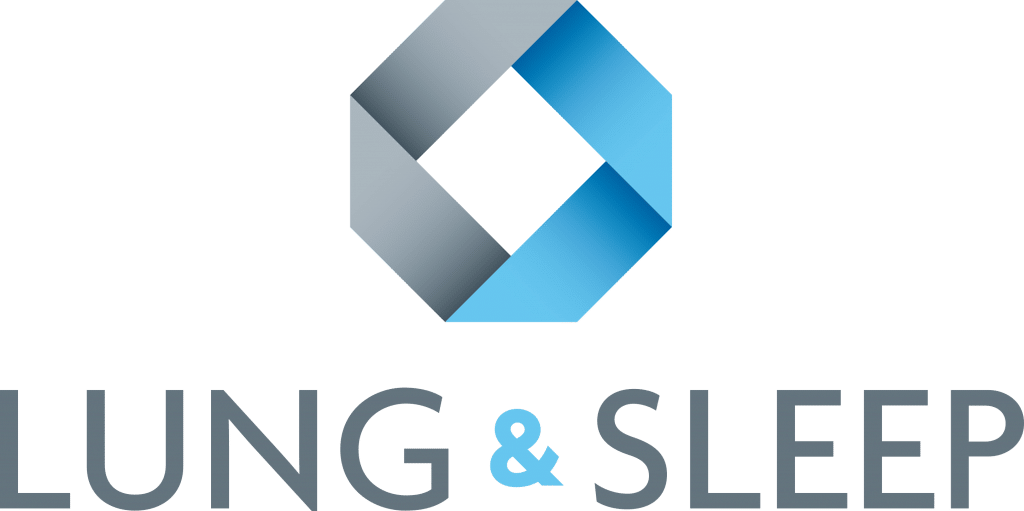Bronchoscopy
Bronchoscopy is a medical procedure that allows doctors to examine the airways, including the throat, larynx, trachea, and lower airways. A bronchoscope is a thin, flexible tube equipped with a light and camera. It’s used to diagnose and sometimes treat conditions affecting the airways and lungs such as infections, tumours, or blockages. It is also very helpful to investigate for the cause of cough and sometimes shortness of breath. The procedure can also be used to collect tissue samples or biopsies for further analysis.
EBUS – endobronchial ultrasound
Endobronchial Ultrasound (EBUS) is a minimally invasive procedure that combines bronchoscopy with ultrasound to visualize the airways and structures surrounding them. It’s primarily used to assess and diagnose lung diseases, lung cancer, and lymph node abnormalities by allowing precise guided biopsies of the chest area without surgical intervention. EBUS provides real-time images of the airways, lungs, and lymph nodes, facilitating accurate diagnosis and staging of lung cancer and other disorders.
Lung cancer
Cancer which has originated or started in the lung
Lung metastasis
Cancer which has started in another organ and spread to the lung
Chronic obstructive pulmonary disease (COPD)
A lung disease that is usually caused by smoking which causes shortness of breath (SOB) and cough, often with sputum production.
Asthma
A lung disease that often develops in children but can start in adulthood is due to inflammation of the airways in the lungs. This causes shortness of breath, cough, and wheezing.
Pleuricy
Inflammation of the covering of the lung (the pleura). This causes sharp chest pain while breathing and is most commonly caused by infection.
Obstructive Sleep Apnoea (OSA)
Repetitive obstruction or blockage of the upper airway during sleep causes frequent awakenings from sleep. This results in poor-quality sleep leading to sleepiness during the day.
Central sleep apnoea (CSA)
When a person’s breathing slows down or stops during sleep. It occurs while their upper airway remains open as opposed to obstructive sleep apnoea where the airway blocks the breathing.
Onset Insomnia
The inability to fall asleep when you go to bed.
Maintenance insomnia
Waking up during the night and having trouble getting back to sleep
Pneumoconiosis
A category of conditions caused by inhaling something that injures your lungs. Examples include black lung disease from coal dust and asbestosis from asbestos dust.
Tuberculosis (TB)
A specific lung infection that needs careful treatment to cure. Because it may be passed from person to person, it may be necessary to contact people who have been in contact with an infected patient. Most TB in Australia comes from Asian and Middle Eastern countries. It may lay dormant for many years is a person’s lungs.
Sleep paralysis
A common benign symptom where there is the temporary inability to move or speak usually occurring when waking up from sleep.
Microsleep
A very brief period of sleep, lasting only a few seconds. Microsleeps occur most frequently when a very sleepy person is trying to stay awake.
Sleep debt
An individual’s accumulated lack of sleep from insufficient time asleep, regardless of cause. This may be due to going to bed too late or getting up early to go to the airport or to work.
Sleep latency
How long it takes a person to fall asleep from the onset of the potential sleep period; for instance, time measured from turning the lights out to the onset of sleep.
Parasomnia
An abnormal disruption from sleep resulting in an abnormal experience or physical event. For example, sleep walking, sleep talking, night terrors, bed wetting etc
Circadian Rhythm disorders
Also known as sleep-wake cycle disorders. These are problems that occur when your body’s internal clock, which tells you when it is time to be asleep or awake is out of sync with your environment. For example, when a teenager stays up late and sleeps in, this is a delayed phase circadian rhythm. Shift work also causes a circadian rhythm disorder.
Orthopnoea
Difficulty breathing when lying down flat. This is may be due to heart failure or obesity.
Pulmonary rehabilitation
An exercise and educational program for people with lung diseases to enable them to manage their condition and optimise their exercise capacity.
Lung fibrosis or pulmonary fibrosis
Lung fibrosis is the general term for a number of different diseases that all result in excessive scarring of the lung. This often causes slowly worsening breathlessness and cough.
Emphysema
A lung disease which results in shortness of breath due to destruction of the lung tissue. This is usually due to smoking.
Narcolepsy
A chronic sleep disorder characterised by overwhelming daytime sleepiness and sudden attacks of sleep. People with narcolepsy often find it difficult to stay awake for long periods of time, regardless of the circumstances.
Pulmonary oedema
A condition caused by excess fluid in the lungs. This fluid collects in the numerous air sacs in the lungs, making it difficult to breathe. In most cases, heart problems cause pulmonary oedema.
Dyspnoea
Difficulty breathing, shortness of breath, or breathlessness.
Restless legs syndrome (RLS)
A condition characterized by achy or unpleasant feelings in the legs associated with a need to move. Most prominent at night, making it hard to fall asleep or stay asleep.
Hyperventilation
Fast (more than 25-30 times per minute) or deep breathing which alters the amount of carbon dioxide levels in the blood.
Intubation
Placing a tube into the windpipe (trachea) to enable artificial breathing.
Respiratory Failure
The sudden inability of the lungs to provide normal oxygen delivery and carbon dioxide removal.
Pectus excavatum ( Congenital deformity of the chest )
Pectus excavatum is a structural deformity of the anterior thoracic wall in which the sternum and rib cage are shaped abnormally. This produces a caved-in or sunken appearance of the chest. It can either be present at birth or develop after puberty. Pectus excavatum can impair cardiac and respiratory function and cause pain in the chest and back.
Pulmonary Embolism (PE)
A pulmonary embolism occurs when a blood clot (usually from the leg) travels to the lungs and blocks a blood vessel. This can cause chest pain, difficulty breathing, and in severe cases, can be life-threatening. Prompt diagnosis and treatment are essential to prevent complications.
Pulmonary Function Test (PFT)
A pulmonary function test is a group of tests that measure how well the lungs are working. These tests can assess lung volume, capacity, rates of flow, and gas exchange. PFTs are helpful in diagnosing and monitoring lung conditions such as asthma, COPD, and pulmonary fibrosis.
Continuous Positive Airway Pressure (CPAP)
Continuous Positive Airway Pressure (CPAP) is a treatment for obstructive sleep apnea. It involves wearing a mask over the nose or nose and mouth while sleeping. The CPAP machine delivers a continuous flow of air at a pressure high enough to keep the airway open, preventing pauses in breathing and improving sleep quality.
Urban Anaesthetics:
Anaesthesia, low flow
An inhalational anaesthetic technique provided by a specialized rebreathing system.
Caudal Analgesia
A regional technique used to provide analgesia for surgery to the groin, pelvis, or lower extremities, commonly in the pediatric population. Also indicated for chronic pain in the outpatient setting.
Eye blocks
A group of peripheral regional anaesthesia techniques used to provide analgesia and anaesthesia for ophthalmic surgery.
Intravenous regional anaesthesia
A peripheral regional anaesthetic technique used for short-duration surgery to the forearm and hand, or reduction of wrist fractures.
Patient-controlled analgesia (PCA)
A method of perioperative analgesia where patients administer their own intravenous or subcutaneous pain relief.

